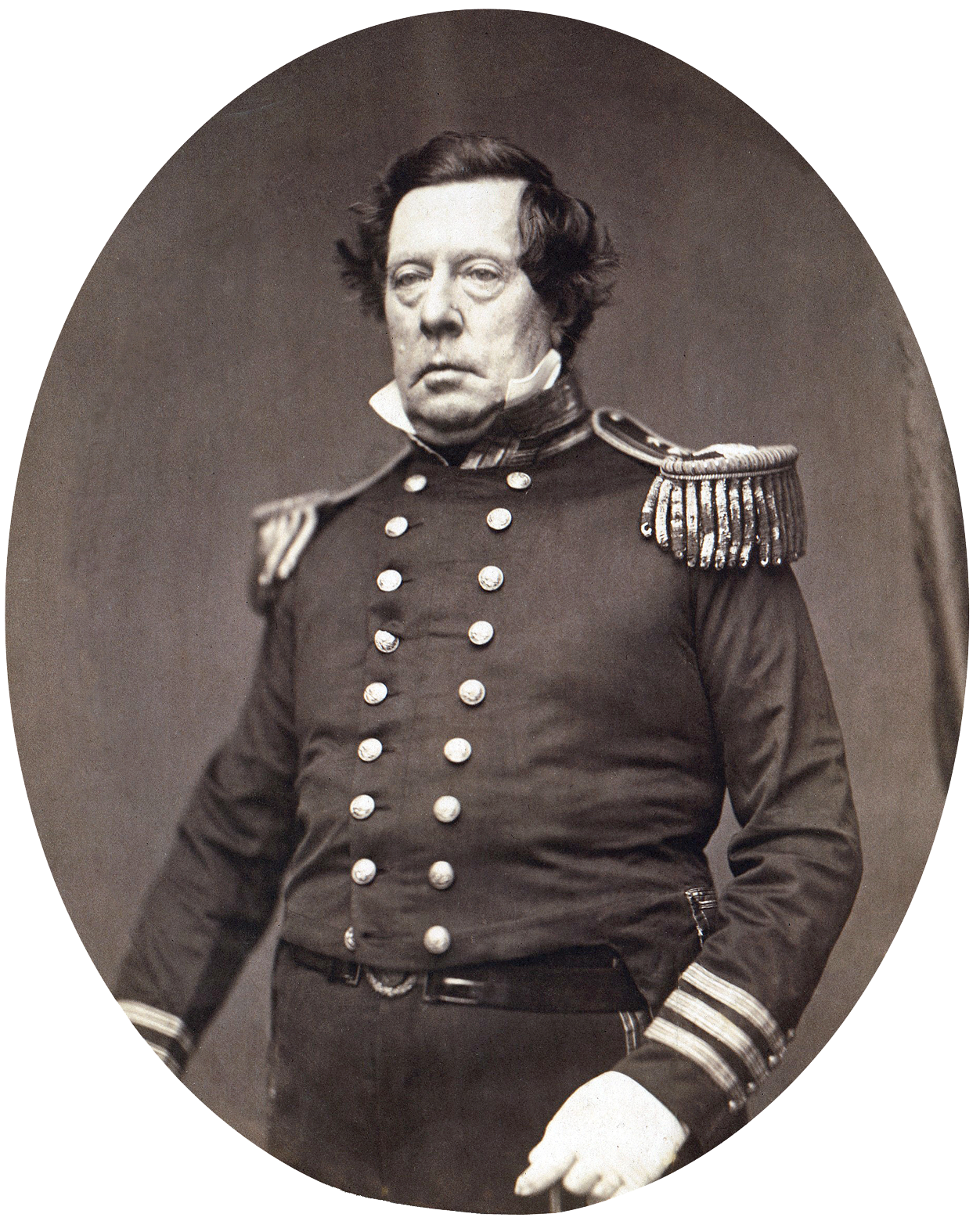Bakumatsu, Part 2: Blood in the Streets
After the assassination of Ii Naosuke, political violence became a new norm. The Shogunate was deeply troubled when a rebellion began in its own backyard of northern Kanto, in Mito Domain.
After the assassination of Ii Naosuke, political violence became a new norm. The Shogunate was deeply troubled when a rebellion began in its own backyard of northern Kanto, in Mito Domain.




Throughout the 1840s, various groups sought to find solutions to repeated violations of sakoku and questioned the ability of the shogunate to practically defend the country if there was an actual invasion. Many came to very different conclusions.
Throughout the 1700s, after a series of political purges and national instability, the Joseon kingdom experienced a cultural flowering.
As the Qing Dynasty continued to decline in the wake of mass rebellions and longstanding insurgencies, a conflict with the British East India Trade Company would evolve into the disastrous Opium Wars.
The reigns of Emperors Kangxi, Yongzheng, and Qianlong represented a time of increasing expansion, stabilizing, and solidifying for China in the 1700s. However, some of the tendencies of the Qing Dynasty would ultimately sow the seeds for its own destruction.
The Sakoku isolation policies were meant to keep the Japanese government insulated from dangerous foreign influence. However, its tendency toward restriction and xenophobia could not be easily balanced with the Bakufu’s desire to continue governing the nation.
After the expulsion of Matsudaira Sadanobu, the shogun was free to pursue the lavish lifestyle he had always dreamed of. Thanks to a buoyant economy, the rest of the nation joined him in conspicuous consumption. These good times, however, would eventually come to an end.
Recent Comments